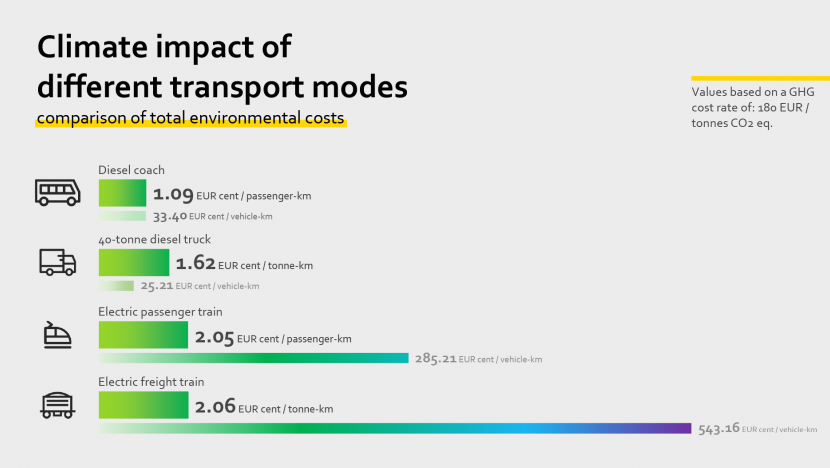The global population is growing by approximately 81 million people per year*, which is directly reflected on consumption and mobility needs. Indeed, road freight volume is set to grow by 300% in the next 30 years according to the International Transport Forum (ITF) and the International Council on Clean Transportation (ICCT). How is this predicted growth compatible with achieving the ambitious zero emission goal set by the EU’s new Green Deal?
The first step is to debunk emission stereotypes associated with road freight.
During his recent intervention at the Vienna Chamber of Commerce on the panel “Avoid - Reduce - Improve: How road freight transport can help reduce CO2 and fight climate change”, IRU’s Matthias Maedge said: “Contrary to common belief, commercial road transport is not the biggest CO2 producer compared with other modes of transport. The German example shows that the climate impact of a 40-tonne diesel truck is 30% lower than - and the CO2 footprint of a diesel coach half that of - an electric train, when looking at the total environmental costs.”

